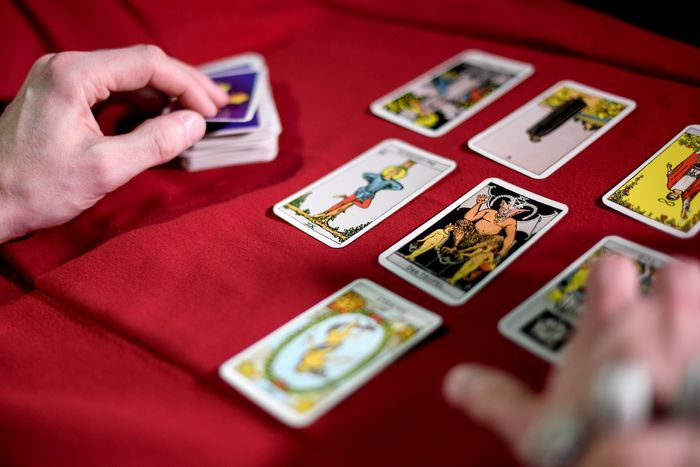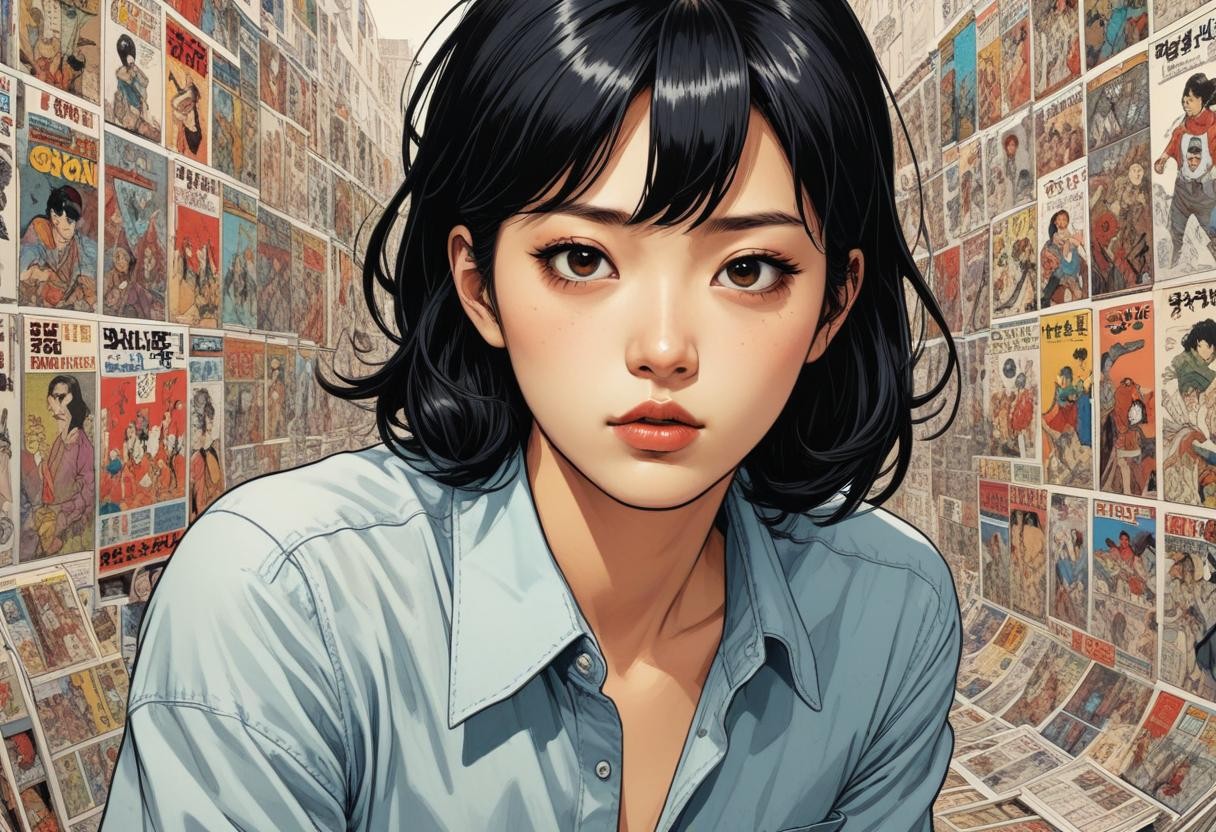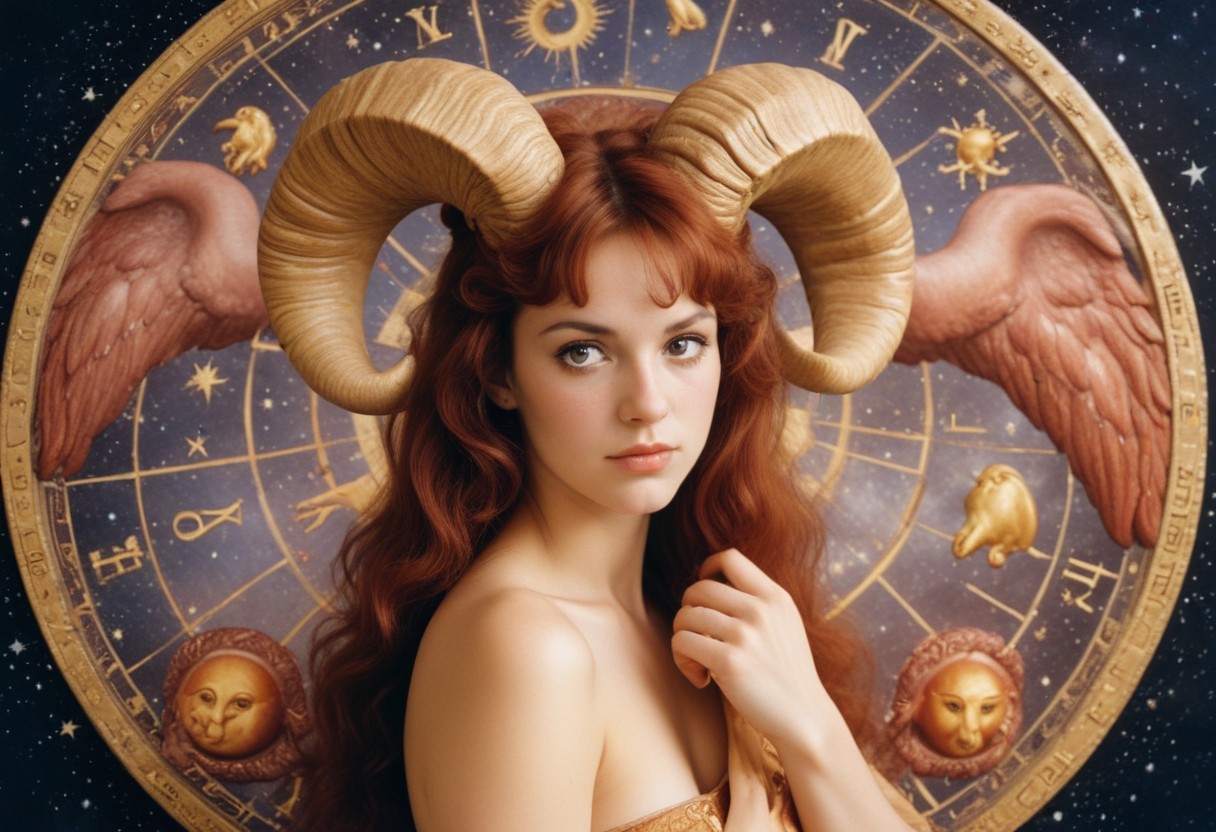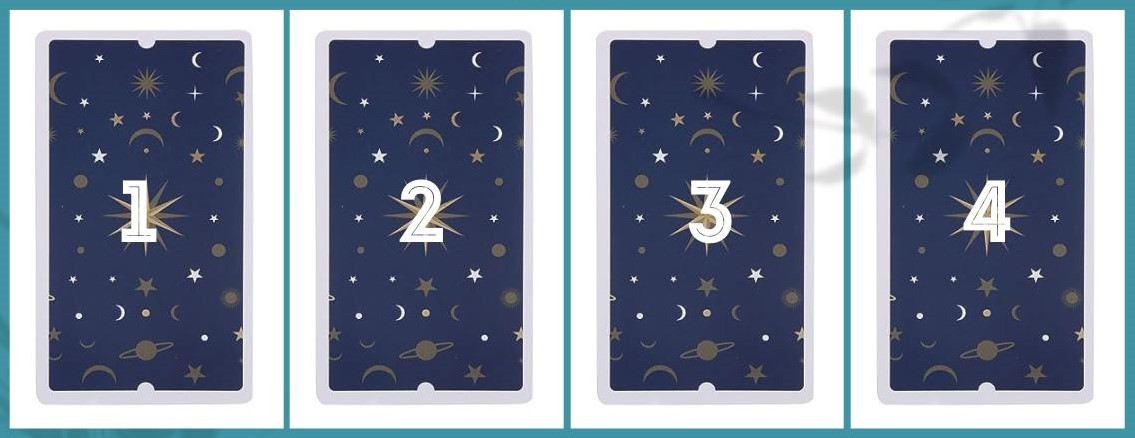What are the Tarot Cards and How to Read the Future
 |
| Rider-Waite tarot deck and Vilma Bánky with cards Photo: Getty Images |
| Contents |
What are the Tarot Cards?
Tarot is a useful party trick for those who would otherwise resist helping a friend make connections. Others view the tarot as sacred and a highly effective tool for life direction.
Tarot predicts possible outcomes rather than what will happen, and more importantly, how you should respond to those possibilities.
Each of the 78 cards in the Tarot deck has its own meaning, imagery, and narrative. The 56 Minor Arcana cards depict the hardships we face on a daily basis, while the 22 Major Arcana cards stand for the karmic and spiritual lessons we learn throughout life.
There are sixteen Tarot Court Cards in the Minor Arcana that correspond to sixteen distinct personality traits that we can choose to express at any given moment. In addition, the Minor Arcana consists of 40 numbered cards arranged into 4 Suits, each with 10 cards, each of which represents a different scenario that we face on a daily basis.
What Can Tarot Cards Do?
Tarot cards, according to some, are just ink on paper. But after more than 20 years of daily Tarot card reading, this is what I have learned:
The tarot is the guide to our inner wisdom, the mirror of our soul, and the narrative of our lives.
The seventy-eight Tarot cards contain every spiritual lesson we will ever encounter in our lives. Additionally, the Tarot will reveal to us the precise lessons we must learn and grasp in order to lead inspired lives. It's similar to using a mirror to reflect yourself in order to gain access to your subconscious. Tarot enables us to access the knowledge and solutions that are within each of us.
How Can I Use Tarot Cards?
Tarot is perfect for self-development, making choices, manifesting goals, coaching others, planning a business, writing a book, meditating—you name it.
How Exactly Do Tarot Cards Work?
Although a lot of people think that tarot cards can tell you the future, tarot isn't really about making predictions.
When it comes to Tarot, intuition is in when it comes to creating your ideal future and manifesting your goals; fortune-telling is out.
Tarot reading is most effective when you use the cards to tap into your inner wisdom and intuition. You can instantly access your intuition and subconscious mind thanks to the imagery in the cards. And you can learn how to make good changes now to help you manifest your dreams and goals in the future from this place of inner strength and wisdom.
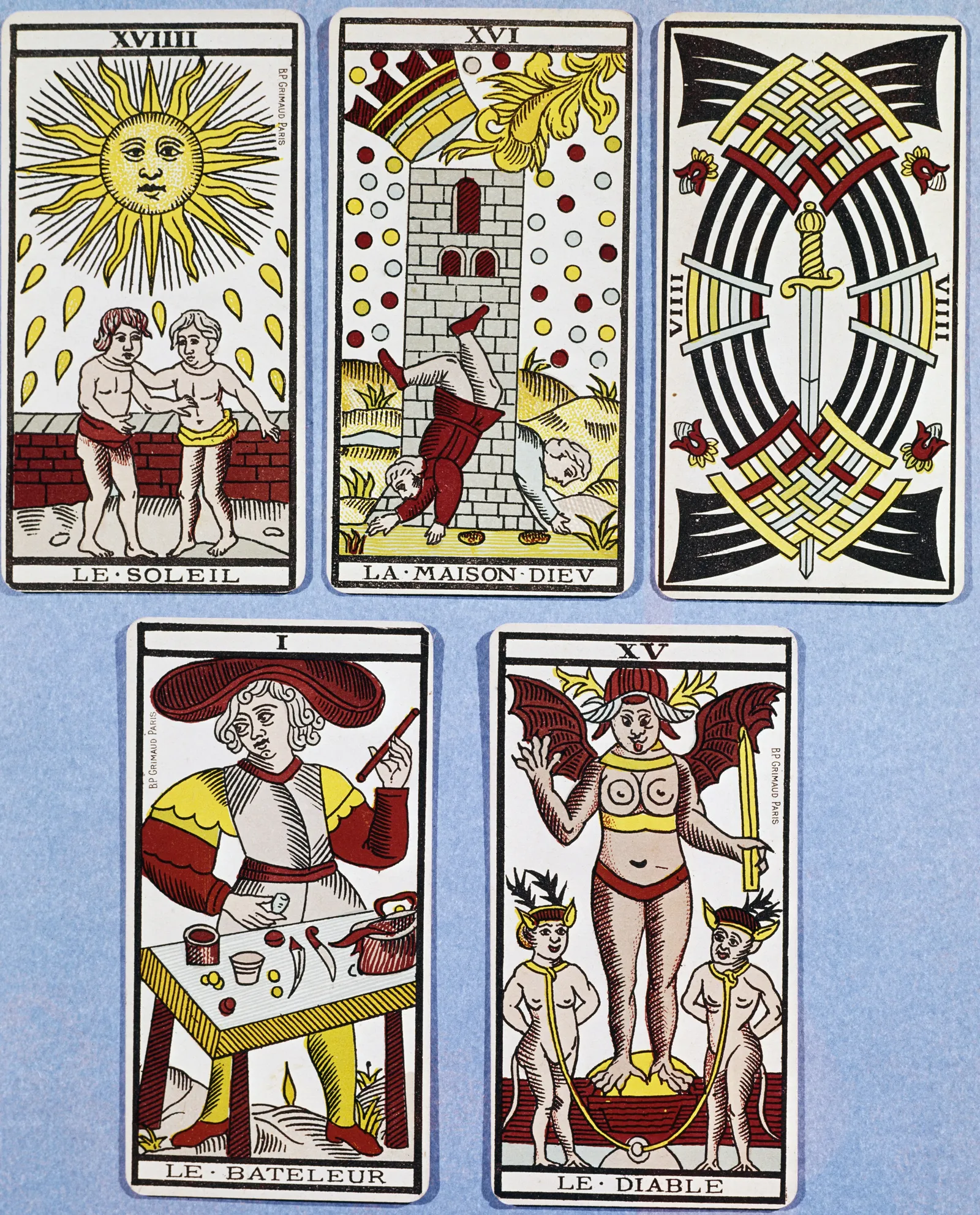 |
| The Sun, the House of God (the Tower), the Nine of Swords, the Magician and the Devil, French Tarot cards. France, 17th century Photo: Getty Images |
How Do Tarot Cards Work When Reading For Others?By now, you know that the Tarot is a powerful tool for self-discovery and manifestation. But, that doesn’t quite explain what happens when you’re reading for someone else and pick up that they’re dating someone twenty years their junior and have told no one about it (true story!). |
Selecting a Deck
The symbols used in tarot cards are drawn from a diverse spectrum of human consciousness. There are numerous decks on the market, and each has a special set of symbols and systems. Selecting a deck whose artwork speaks to you is important because you will be utilizing the symbols in your reading to create stories. The Rider-Waite deck is the most popular and a great place to start. Though there are a plethora of options available, we have developed a minimalist deck that somewhat simplifies reading.
Shuffle and Reset Your Cards
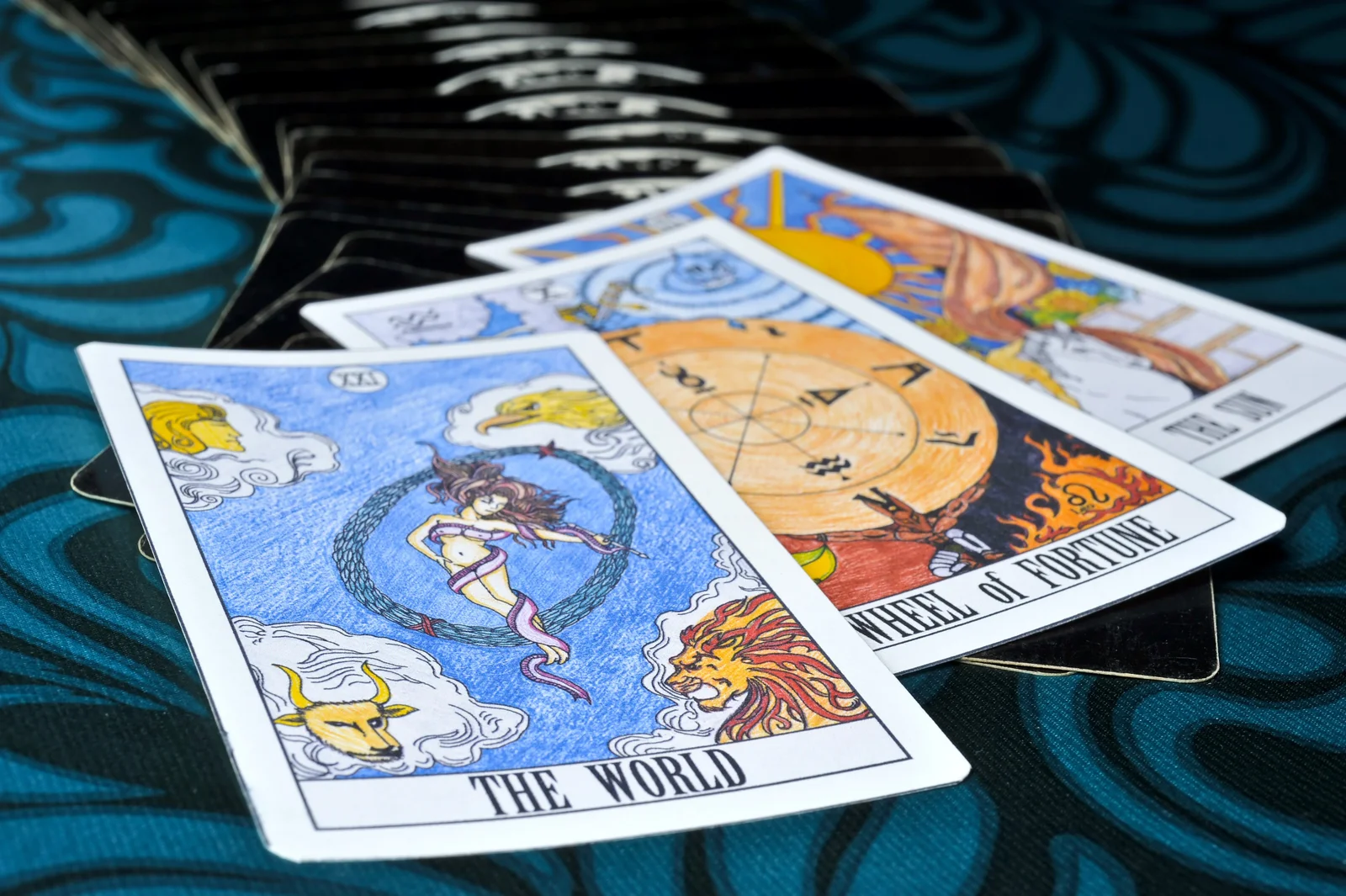 |
| The World, the Wheel of Fortune, and the Sun are all Major Arcana cards - Photo: Petchjira/Getty Images |
Consider carefully which area of your life you would like more clarity in as you shuffle. One of the best ways to establish a physical connection with the deck you're using is to shuffle and handle the cards. You must put yourself into the cards since reading with intuition is crucial. Attempt to shuffle the cards at least once, or as many times as you think are required to get them "cleared." The deck can also be divided into thirds and rearranged. As soon as you're ready, turn the cards facedown.
Try a 3 Card Tarot Spread
Tarot spreads provide you with an organized framework to investigate your inquiries. Every area in the spread represents a facet of your inquiry that warrants consideration. It's not necessary to use them for each reading, but it's a good place to start as you become familiar with the cards. The past, present, and future spread is among the easiest readings to become acquainted with the cards. Shuffle your deck, pick the top card, and reveal each card one at a time, going from left to right.
Get a First Impression of your Reading
Before exploring the meanings of each card individually, look through your deck and note your feelings about the pictures. If there are any, begin to think about things like feelings, emotions, objects and symbols, and color. How do you feel about these things right now? Keep this in mind as you proceed through the spread.
End the Reading
Even if you're skeptical, the act of adhering to a ritual and treating your cards with reverence and significance can alter your perspective on the world and even change it. Rituals are an important way that we process events. Once you've given your reading some time to settle, express gratitude, remove your cards, and make sure they're kept somewhere safe and secure.
Why are some cards in suits, while others aren't?
If you've looked closely at your cards, you'll see that some have unique names and are numbered zero through twenty-one (or one through twenty-two, depending on the deck), while others have numbers that resemble those of a standard card deck, complete with aces, kings, and queens. The major arcana consists of the cards without suits. The minor arcana are those that are designated as belonging to swords, wands, cups, and pentacles. There are 78 cards in a typical deck: 56 in the minor arcana and 22 in the major.
What's the difference between the Major Arcana and the Minor Arcana cards?
Let's discuss the deck's construction and the card meanings. The foundation of all magical disciplines, including astrology, spellcraft, and tarot, is the Hermetic axiom "as above, so below." Put differently, the microcosm of personal experience reflects the macrocosm of the universe. As a result, a tarot deck contains the entire universe, with each card denoting a person, place, or event. Both the Major Arcana cards, which reveal deeper secrets, and the Minor Arcana cards, which reveal smaller secrets, feature these symbols.
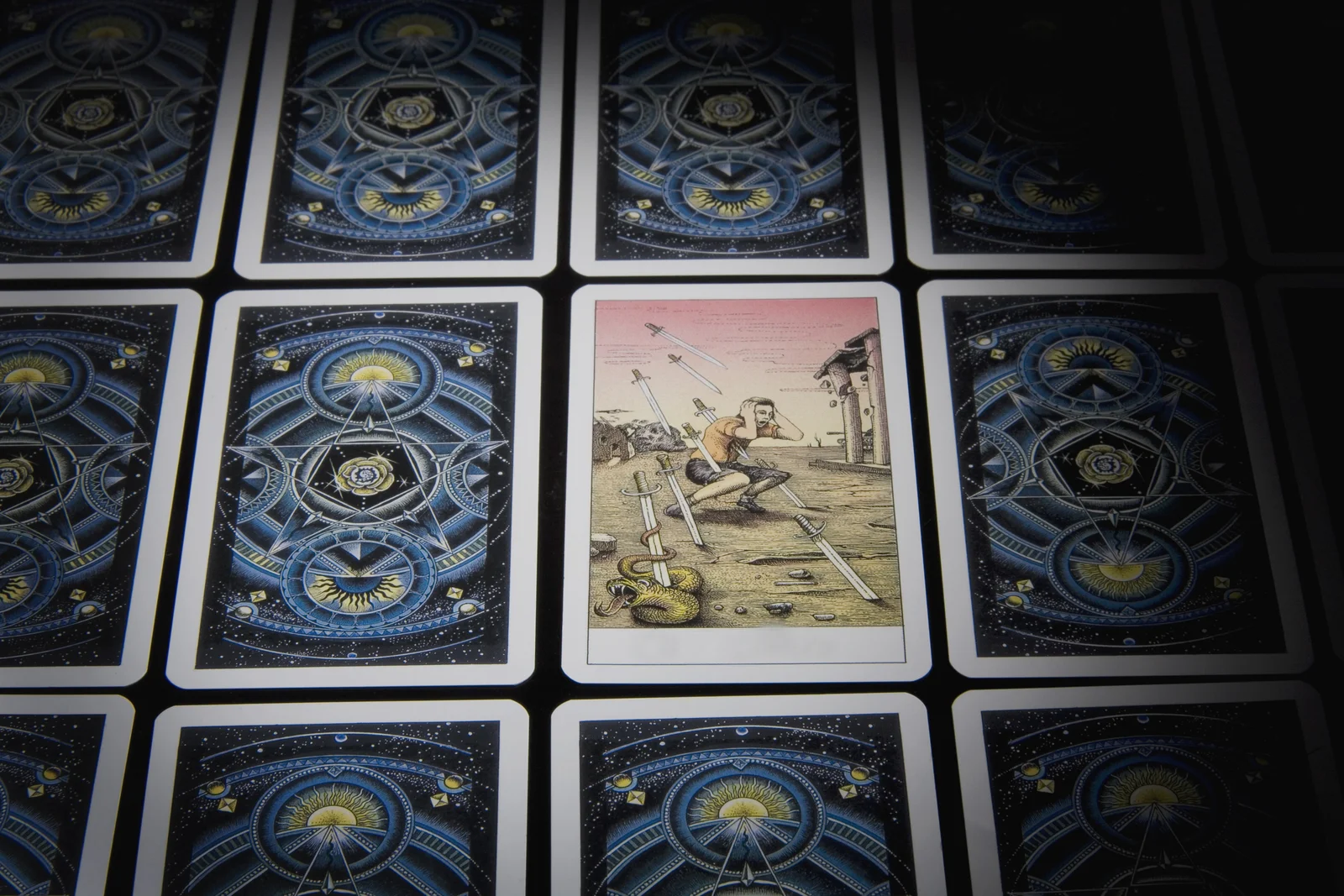 |
| The Swords card is among the Minor Arcana cards. Photo: Getty Images |
The Major Arcana cards stand for significant, innovative influences. They serve as roadblocks on our journeys and each one is a potent message unto itself, signifying transformative actions that mark the start or finish of cycles. These dynamic cards indicate specific moments of transformation when they appear during major transitions. The cards are arranged in a chronological order that shows the passage of time; their numbers correspond to stations on our larger life journey.
Conversely, the Minor Arcana cards represent commonplace issues. These cards show regular people going about their daily lives, dancing, drinking, sleeping, or fighting. They appear during mild transitions that may be transient or have only a small impact, and they suggest actions that are triggered by human behaviors.
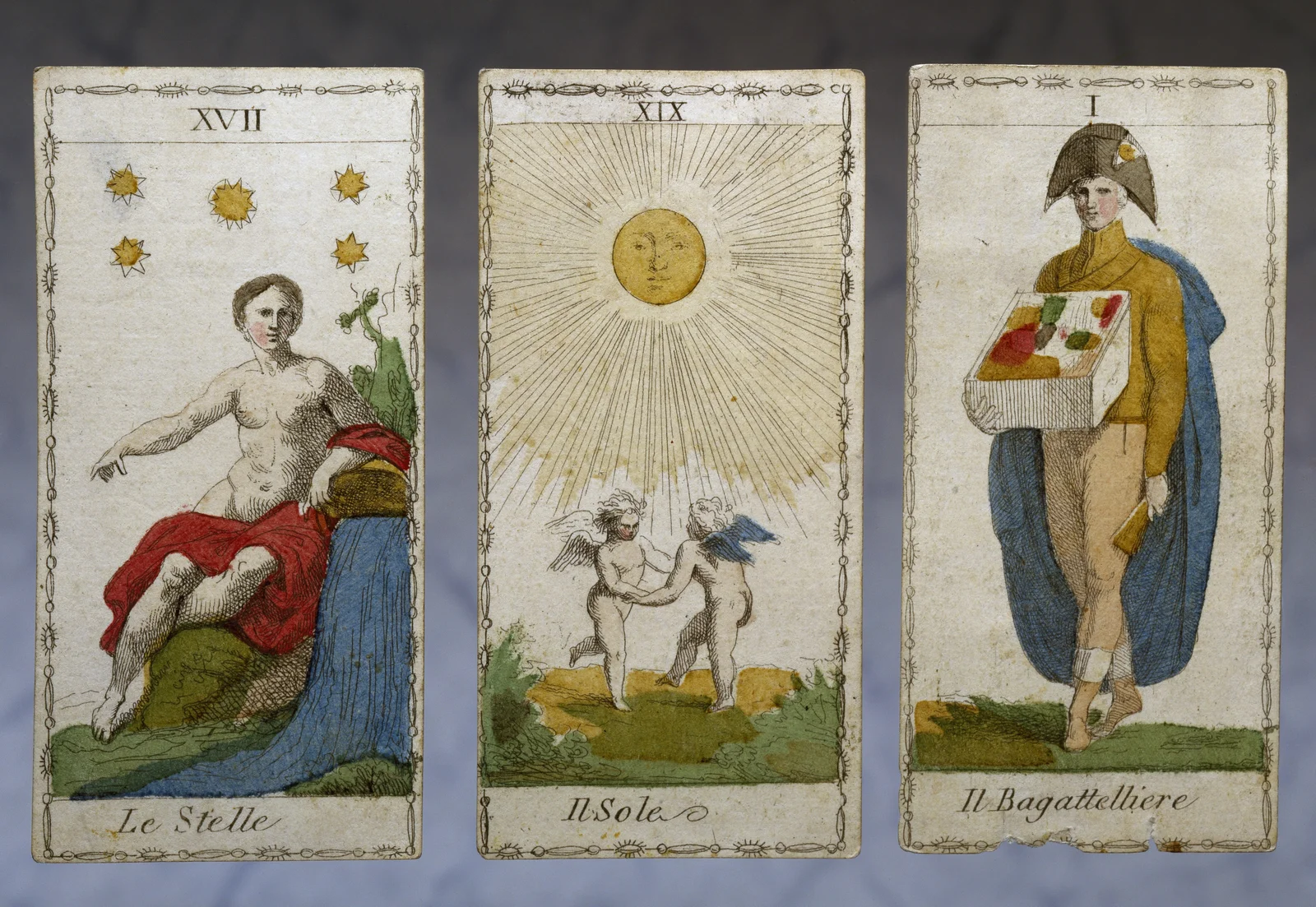 |
| Neoclassical, hand-painted tarot cards: Le Stelle, Il Sole, and Il Bagattelliere etchings (Italy, 19th century). Photo: Getty Images |
Ten numbered cards and four court cards make up each of the four suits that comprise the Minor Arcana cards. The Minor Arcana uses a card's number to indicate a situation's stage: an ace card denotes the start of an event, while a ten represents its conclusion. In a similar vein, the development of the court cards shows our comprehension of situations on a personal level by depicting either personality types or real people. The Page (or Princess, in some decks), Knight, Queen, and King are the ones who interpret situations with varying degrees of wisdom and comprehension.
The four suits—Wands, Pentacles, Swords, and Cups—each correlate to specific astrological elements and spheres of life. Wands are associated with the fire element and stand for inspiration and passion; Pentacles are associated with the earth element and money; Swords are associated with the air element and intellectual intrigues; and Cups are associated with the water element and emotional matters. These suits indicate which spheres of influence are active, providing direction on how to effectively handle the current situation.
Where does Tarot come from?The art of tarot is comparatively new. Even though tarot decks have been around since the 1400s, picture cards were first intended more for games than for divination. Actually, the practice of fortune-telling with playing cards was not known as carthamancy until 1785, when French occultist Jean-Baptiste Alliette (better known by his pen name, Etteilla, which is the inversion of his surname) established thorough connections between astrology, lore from ancient Egypt, and illustrated cards.
Tarot's significance was further expanded by mystics and philosophers during the ensuing century. One of the organizations behind the current magical renaissance is the Hermetic Order of the Golden Dawn, which was founded in the late 1890s by a number of occultists in London. Book T, a manual outlining the symbolic power of tarot cards, was penned by MacGregor and Moina Maters, a husband and wife team who were among the group's founders. A tarot deck that was created and released in 1909 by Arthur Edward Waite and Pamela Colman Smith was partially inspired by the teachings of the Hermetic Order of the Golden Dawn. Known by most as the Rider-Waite deck, this classic deck continues to be the most well-liked tarot version for both novice and expert card readers. Occultist Aleister Crowley, Arthur Edward Waite's self-proclaimed archenemy, and Lady Frieda Harris released their own tarot readings of the Hermetic Order of the Golden Dawn in 1943. Their Thoth deck, which takes its name from the Egyptian god of alphabets, has particular astrological symbolism embedded in each card, connecting divination to the universe. |
 Tarot Card Reading: Is Your Partner Being Honest With You? Tarot Card Reading: Is Your Partner Being Honest With You? It appears that each person's loyalty to love is unique. Let us read Tarot cards to see if your partner is truly in love with ... |
 Tarot Card Reading: Who is your Future Husband, Career and Age Tarot Card Reading: Who is your Future Husband, Career and Age If you're curious about your future husband's identity, occupation, and age, let's look into tarot cards. |
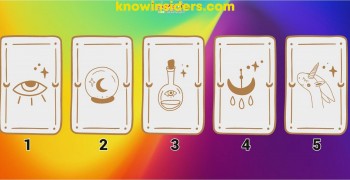 Tarot Card Reading in April And May For Your Money Tarot Card Reading in April And May For Your Money Everyone wants their financial journey to be uneventful. To find out how your financial luck will unfold in April and May, let's do a tarot ... |

